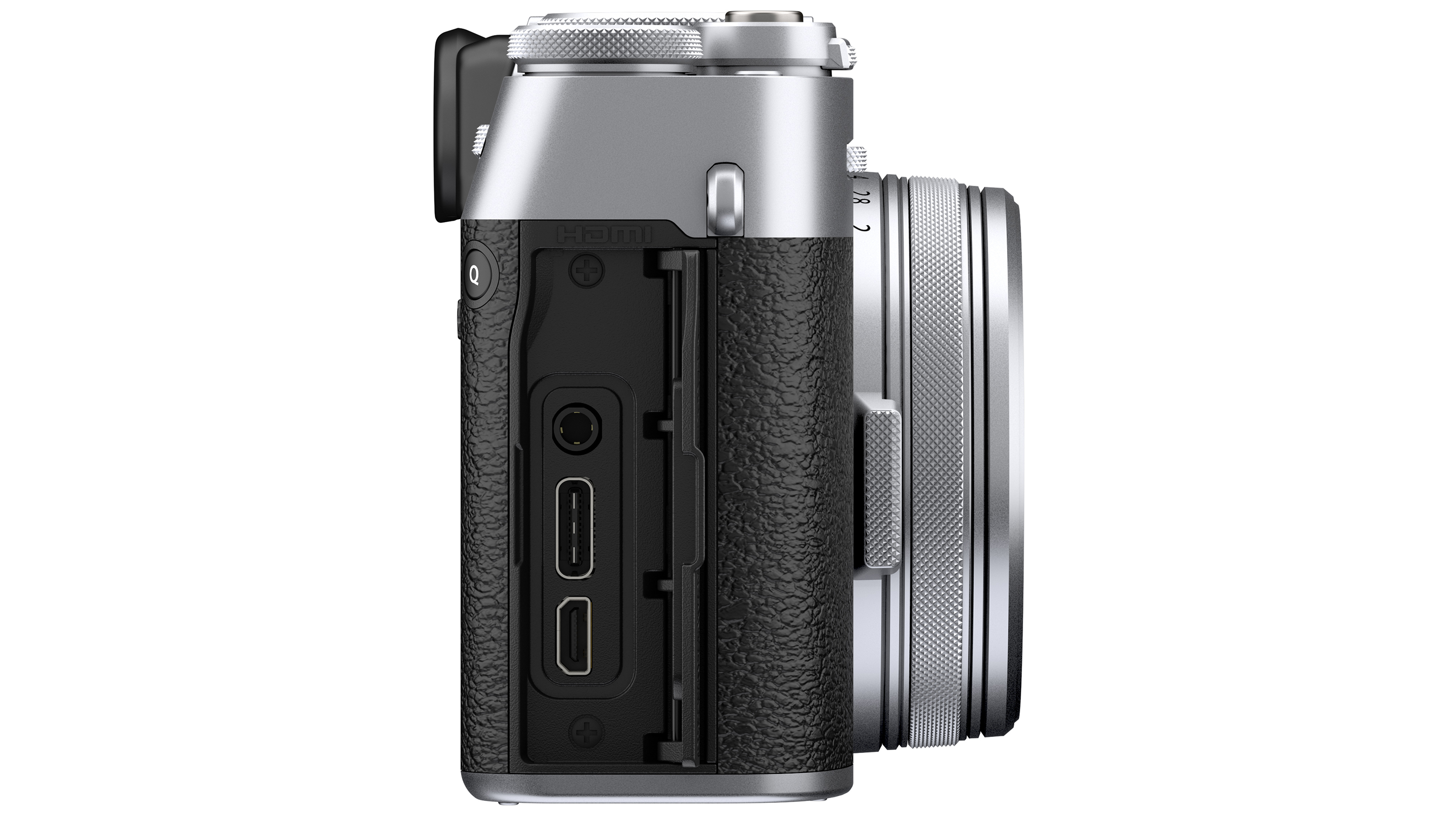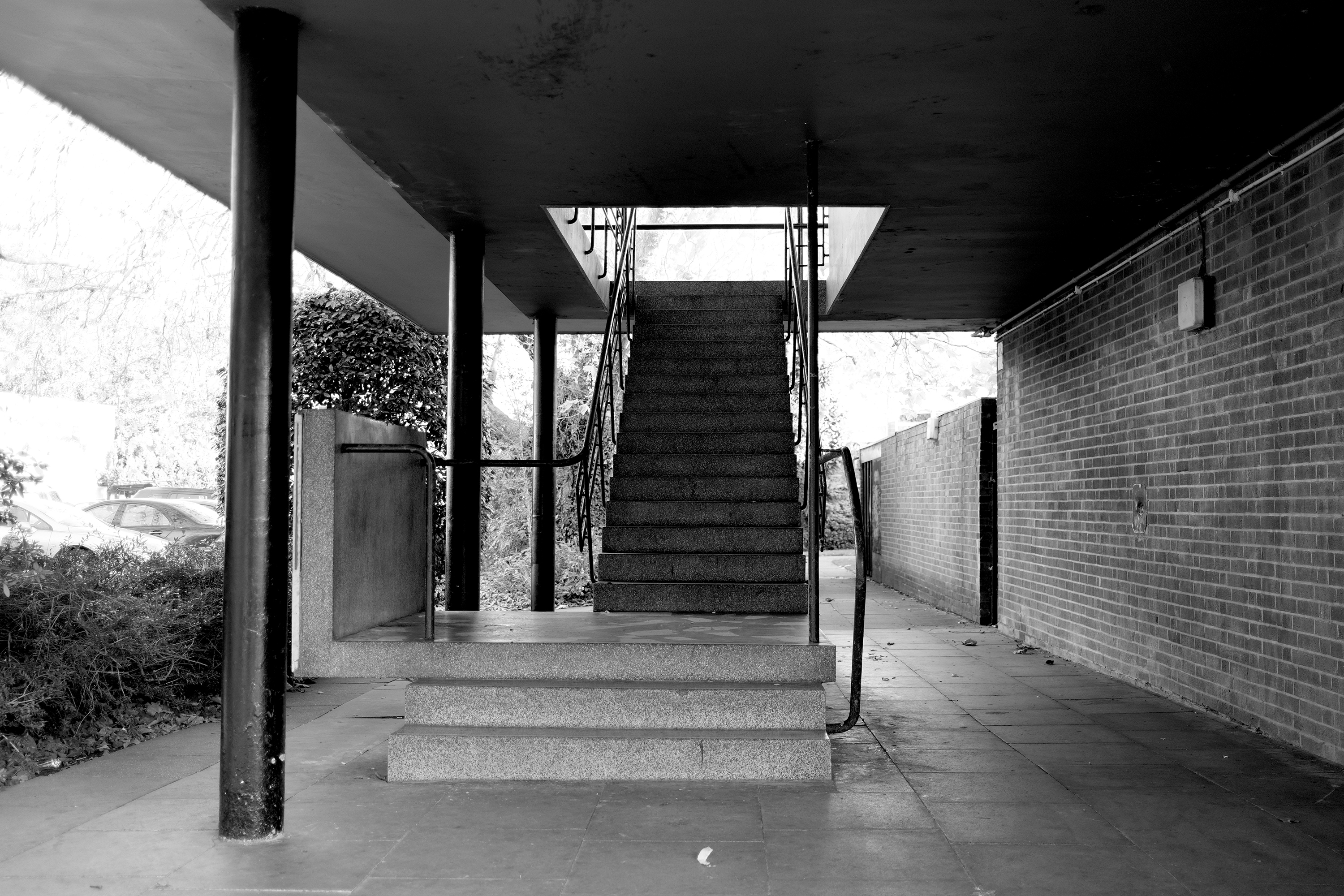Fujifilm X100V review
Does this gorgeously traditional fixed lens compact camera offer its user sufficient creative versatility?


In short, this is the perfect carry-anywhere camera if you don’t mind stumping up the premium price. Still, it is much more affordable than the nearest equivalent Leica it resembles.
-
+
All-in-one solution for the street and travel photographer who likes to shoot surreptitiously from the hip
-
+
Fits snugly into a jacket pocket
-
+
Fast/bright lens with good resolving power
- +
- +
-
-
Cannot alter the fixed lens provided
-
-
Limited articulation of the LCD screen means it cannot be flipped out to face the subject in selfie fashion
-
-
Pricey given said limitations
Why you can trust T3

We really like the look, feel and build quality of the Fuji X100V, which in its precision engineering is quite similar to a classic Leica rangefinder camera; albeit it’s one that is rather more affordable, thanks to its Fuji branding.
Of course, it has that 1960s/70s retro style in spades. You could imagine Michael Caine wielding the X100V in 60s spy caper Funeral in Berlin, until you turned it around of course and spotted the LCD window on the back.
A new feature on this fifth iteration model is the fact that this LCD flips out and tilts upwards to a limited extent. While that’s useful for being able to compose a shot without having to hold the camera up to your face, its limitations in terms of articulation mean that it can’t, however, be used for selfies.
This then is a camera aimed at street – and, when we’re allowed to again, travel – photographers who want to be fairly surreptitious in their shooting. The lens, like the camera itself, is compact and doesn’t obviously scream ‘professional photographer’ like a camera with a physically bigger equivalent lens would. Though it’s still reasonably chunky and substantial when held in the palm, camera and fixed lens are modest enough for it to be able to be conveniently squeezed into a jacket pocket.
There is a choice of two camera body colours for the X100V this time around: silver aluminium top plate and leather effect main body grip, or ‘deep black’.

Fujifilm X100V review: Design and Handling
As we indicated above, its manufacturer has gone to town on this fifth-generation model. While outwardly and stylistically it hasn’t thrown the baby out with the bathwater, new here on the Fuji X100V are a 23mm f/2 lens – that bright/fast aperture number indicating that this is not only an excellent candidate for handheld shooting in lower light, but is also capable of delivering shallow depth of field shots with creamily defocused backgrounds. This allows the narrow portion of the image that is razor-sharp to really jump out at you.
As noted in our intro, although an angle-adjustable LCD screen is provided, and it’s neatly stored completely flush to the body, we’re slightly limited in what we can do with it. We found it most useful to tilt it upwards so we were able to crouch down to shoot low angle images and still be able to see what we were managing to get into frame.
Get all the latest news, reviews, deals and buying guides on gorgeous tech, home and active products from the T3 experts
The alternative is to raise the camera up to your eye and compose conventionally via the use of the eye-level viewfinder, which is a hybrid ‘best of’ electronic tech and traditional optical. In practice, you don’t feel you’re missing out if using one in preference to the other and switching between them is fairly seamless too.
Despite featuring chunky and roughened edged top plate dials controlling shooting speed and exposure, in comparison to Fuji’s by-contrast interchangeable lens X-T4 and X-T30 in the same ‘X’ series range, this camera feels and looks fairly clean and minimalist.
If you don’t want to squeeze the raised shutter release button on the top plate, then its LCD has touch screen functionality, enabling us to simply tap our desired subject on the screen to prompt the camera to surreptitiously fire off a shot. This action comes complete with a shutter noise effect that resembles a mouse sneezing.

Fujifilm X100V review: Features
As well as claiming to have enhanced the resolving power of the 23mm f/2 lens on the front of the camera, the back-illuminated X Trans IV sensor is also new, as is the tilting LCD monitor.
Along with more built-in visual effects, including a greater number of Film Simulation modes, in particular, a classic film negative mode – apt, as Fuji’s long and distinguished heritage is with that medium – we also get the ability to film 4K video resolution clips at up to a respectable 30 frames per second, thereby delivering smooth looking footage.

Fujifilm X100V review: Performance
A battery life of 415 shots from a full charge of its lithium-ion pack is not bad at all for a compact mirrorless camera, even if it does fall short of the 1,000 or so shots you’d get from a mid-range DSLR if you didn’t mind the extra bulk that would come with it.
So you are sacrificing something for the comparably compact dimensions of the Fuji X100V, yet, arguably, we still get a performance on a par with a DSLR nonetheless.

Fujifilm X100V review: image samples
Whether you’re shooting wide-angle landscapes or close up and personal portraits and still life shots, the Fuji X100V can handle both and with some aplomb.
The large-ish back-lit APS-C sensor, when combined with fast/bright aperture lens, means we’re getting detail-rich images and naturally rendered colours.
It doesn’t appear to suffer from too much in the way of compromise, in delivering a lens that’s as compact as its resulting pictures are crisp and clear.









Fujifilm X100V review: Verdict
Anyone after a classy looking retro-styled camera with the modern features you’d expect, but who doesn’t need a zoom lens or want to bother with swapping optics – here we’re ‘limited’ to the 23mm wide-angle, f/2 aperture lens bolted on the front, out of the box – the Fujfilm X100V should fit the bill nicely. The construction quality is rock solid, as is the quality of the images it’s capable of delivering. Great images and great looks are the order of the day here.
In short, this is the perfect carry-anywhere camera if you don’t mind stumping up the premium price. Still, it is much more affordable than the nearest equivalent Leica it resembles.
Liked this?
- Best instant camera
- Best travel camera
- Best camera for kids
- Best entry-level camera
- Best cheap full-frame camera

Gavin Stoker has been writing about photography and technology for the past 20 years. He currently edits the trade magazine British Photographic Industry News - BPI News for short - which is a member of TIPA, the international Technical Imaging Press Association.